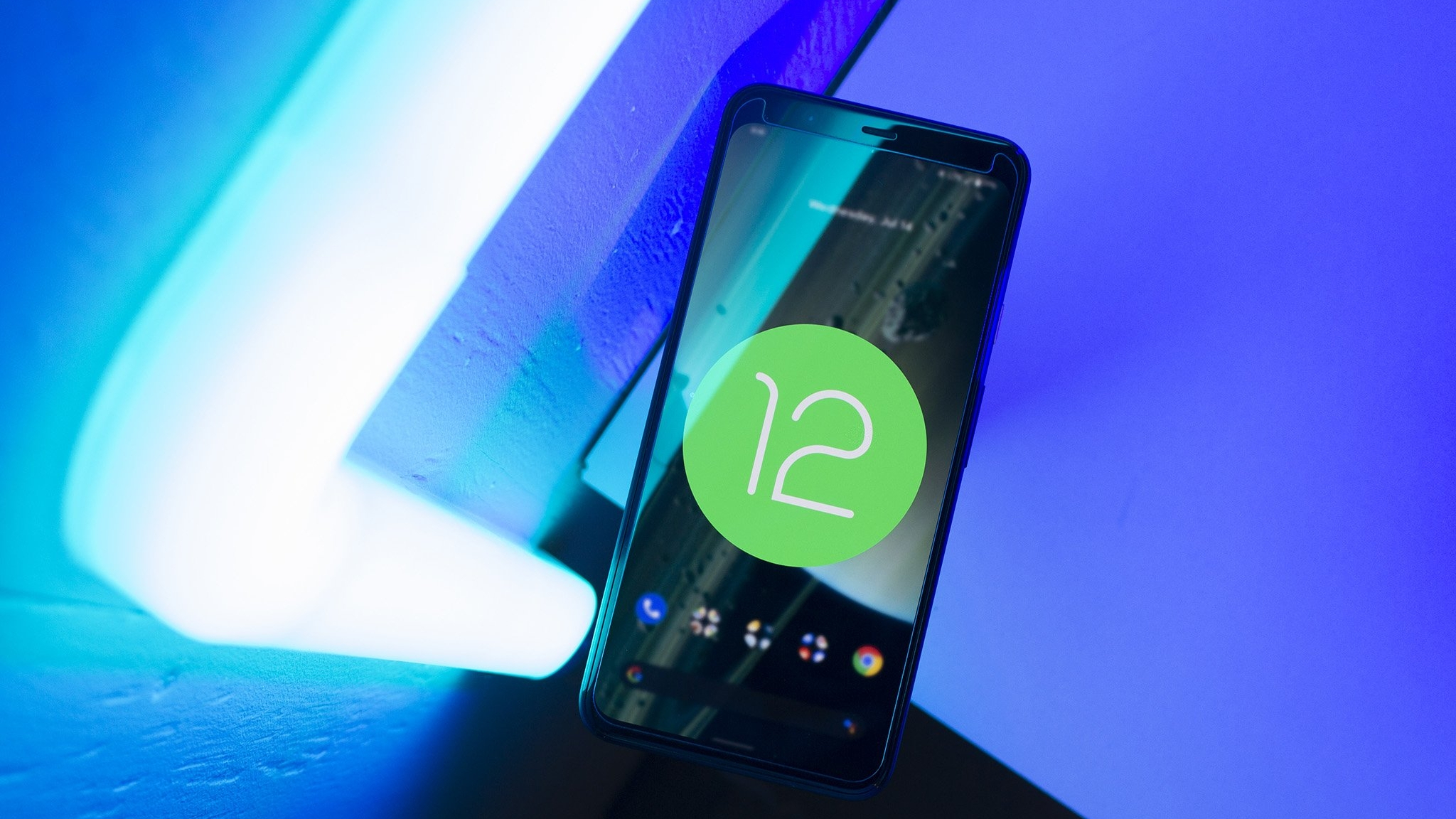48 hours with the OPPO Find X5 Pro: Putting the Galaxy S22 on notice
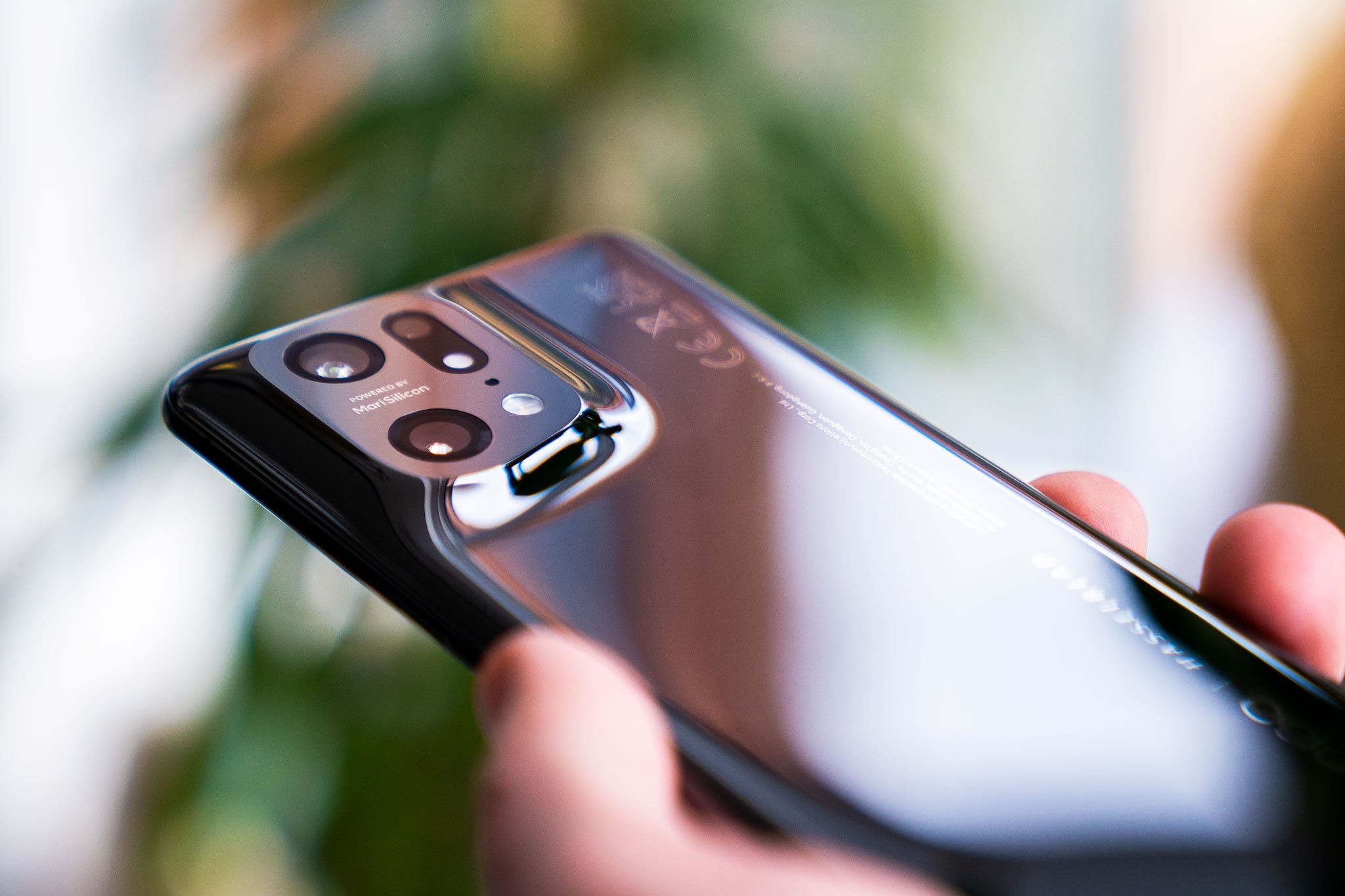
Today OPPO has officially announced the Find X5 Pro, its premium smartphone offering for 2022, at Mobile World Congress in Barcelona. We've had just over 48 hours with the phone so far — not enough time for a full review just yet, but long enough to get to grips with the device and its new camera tricks, slick design and super-quick charging.
While it's a modest upgrade from the Find X3 Pro in places, the new model's most interesting features are rooted in technology unique to OPPO — the new MariSilicon X imaging chip and SuperVOOC 80W charging.
The return of an 'impossible' design
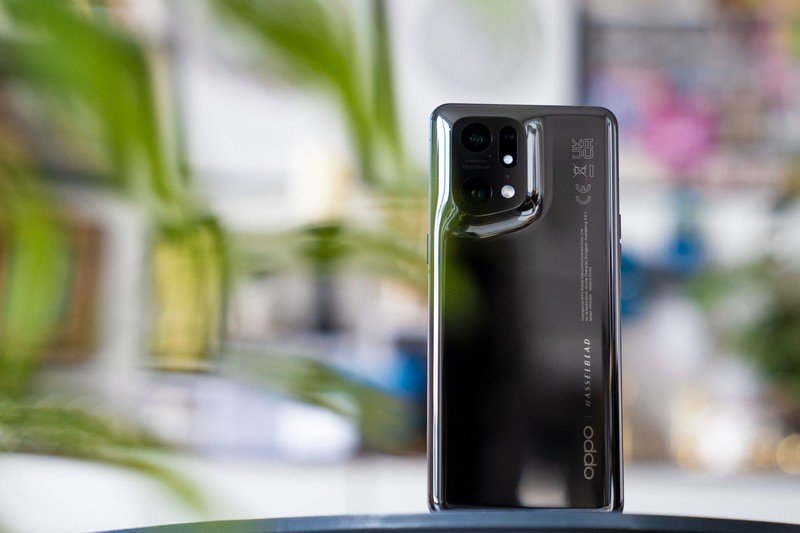
Blink and you might mistake the OPPO Find X5 Pro for its immediate predecessor, the Find X3 Pro. That's because OPPO's sticking with its trademark "impossible" curved back panel in its latest handset, with an oblong-shaped camera bump as part of the ceramic mold itself. Unlike most phones, the raised area around the lenses isn't a separate piece. It's all part of the same back panel, with a smooth, curved glass edge that catches the light in a unique way.
Curved ceramic makes for one of the most beautiful phone designs.
The design is a little slippery, and more prone to sliding off softer fabric surfaces than many other smartphones, but there's no denying this is one of the most striking looks for a smartphone. It's available in "ceramic white" or "glaze black" — though don't be confused by the names, both versions of the phone use a ceramic back panel as opposed to regular (or indeed Gorilla) glass.
Around the front, the Find X5 Pro appears almost identical to last year's model, with a curved 6.7-inch display boasting Quad HD sharpness and 120Hz smoothness. Its colors are vibrant and punchy, and the peak brightness of 1,300 nits means it's easily usable in direct sunlight.
Elsewhere, OPPO's got pretty much everything you'd expect to see from a 2022 flagship — a generous helping of RAM and internal storage and conveniences like water resistance and in-screen fingerprint.
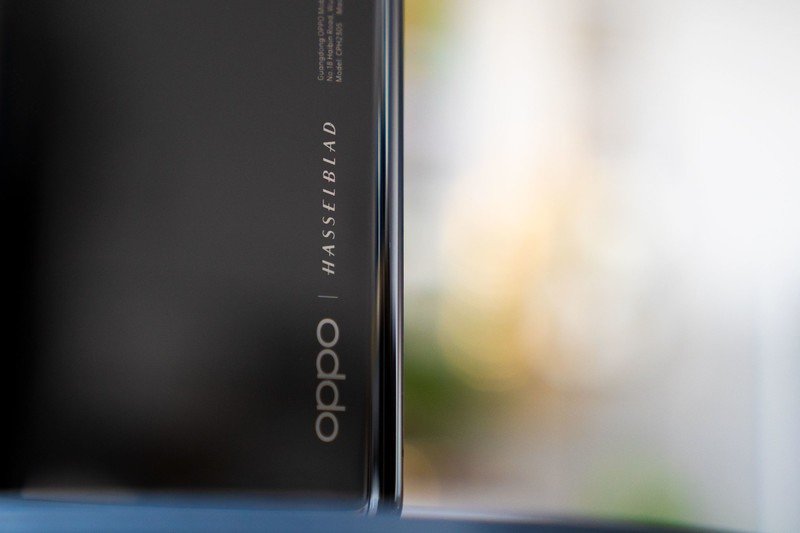
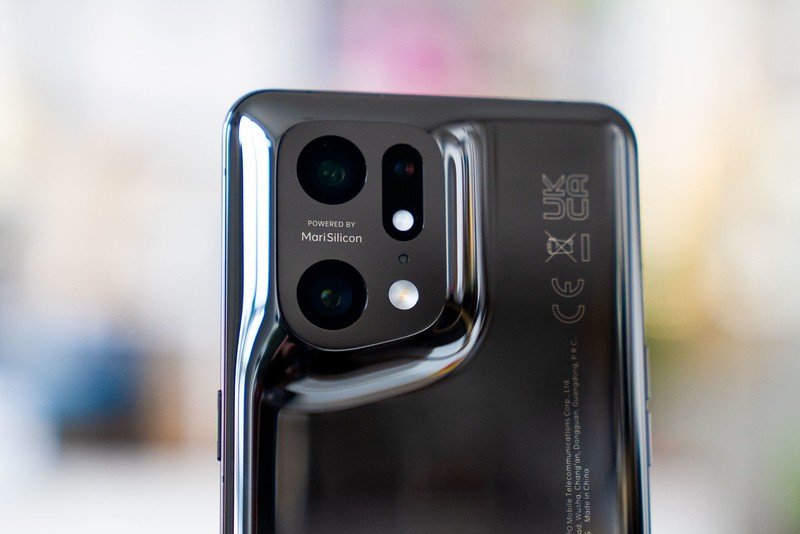
| Category | OPPO Find X5 Pro |
|---|---|
| Operating System | ColorOS 12.1 (Android 12) |
| Chipset | Qualcomm Snapdragon 8 Gen 1 |
| Display size | 6.7-inch WQHD+ AMOLED LTPO 120Hz, Gorilla Glass Victus |
| Memory | 12GB |
| Storage | 256GB (non-expandable) |
| Wide Camera | 50MP IMX766, 5-Axis OIS, 1/1.56" 1.0um, f/1.7, FOV 80°, 25mm Equivalent focal length |
| Ultrawide Camera | 50MP IMX766, 1/1.56" 1.0um, f/2.2, FOV 110°, 15mm Equivalent focal length |
| Telephoto Camera | 13MP S5K3M5, 1/3.4", f/2.4, 52mm Equivalent focal length |
| Front Camera | 32MP IMX709 RGBW, 1/2.74", 0.8um, f/2.4, FOV 90°, 21mm Equivalent focal length |
| Battery | 5,000mAh |
| Wired Charging | 80W SuperVOOC |
| Wireless Charging | 50W AirVOOC |
| Security | In-display optical fingerprint scanner, face unlock |
| Dimensions | 163.7mm x 73.9mm x 8.5mm |
| Weight | 218g |
| Water and dust resistance | IP68 |
OPPO's ColorOS software makes a return on the Find X5 Pro, now bumped up to version 12.1 The experience is pretty much identical to using ColorOS 12 on an earlier OPPO device, with new features including wallpaper-based theming and a new RAM boost option. Like virtual memory on a PC, this feature lets you add 3GB, 5GB or 7GB of virtual RAM to the 12GB of real RAM for better multitasking performance.
Be an expert in 5 minutes
Get the latest news from Android Central, your trusted companion in the world of Android
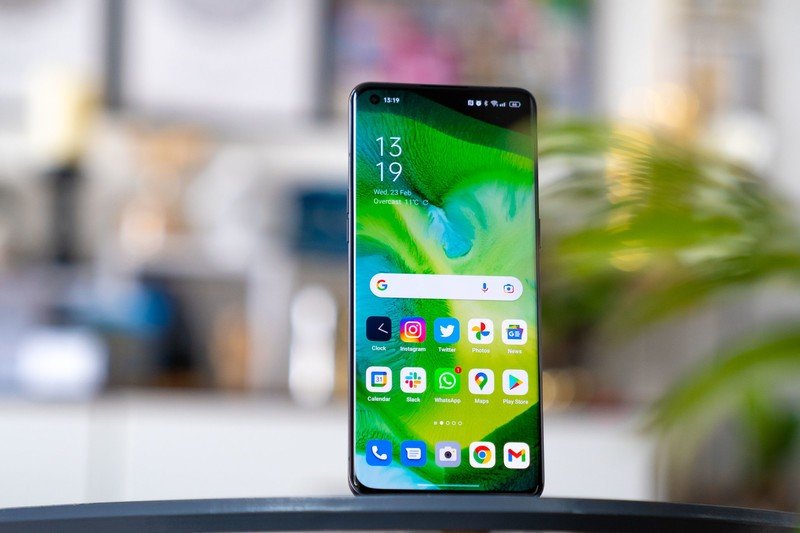
Elsewhere, I've appreciated the little conveniences sprinkled throughout ColorOS, like the quick-access shortcut bar (similar to Samsung's Edge Panels), the flexible windowed mode for apps, and the quick launch carousel that lets you unlock straight into a selection of favorite apps by long-pressing the fingerprint scanner after unlock.
Hasselblad x MariSilicon
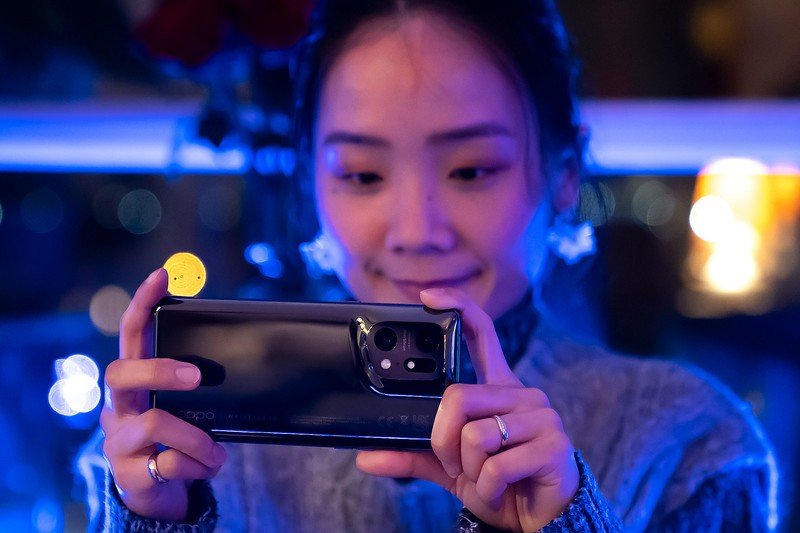
On the face of it, the Find X5 Pro's camera hardware isn't all that interesting. The gimmicky but fun telescope camera from the Find X3 Pro has been retired, for what that's worth. The main and ultrawide cameras use the same 50-megapixel Sony IMX766 sensor as last year's phone (though the main camera now boasts new 5-axis optical image stabilization.) And disappointingly, the telephoto hardware hasn't been upgraded either — it's still a mere 13-megapixel 2X offering.
MariSilicon is the secret sauce behind a great low-light camera.
But the secret sauce behind this camera system is its processing. In addition to partnering with Swedish camera veteran Hasselblad, which you may remember from its 2021 collaboration with OnePlus, the Find X5 introduces OPPO's new MariSilicon X imaging NPU (neural processing unit). And it's this dedicated silicon that allows the new phone to capture noticeably better photos than its predecessor, especially in challenging lighting conditions and very low light.
Across the board, OPPO's photos retain the same saturated look we saw from the Find X3 last year, particularly when the AI scene enhancer is enabled. And the Find X5 Pro continues to do a fantastic job with dynamic range, pulling out great-looking portrait shots, for instance, even in challenging backlit conditions.
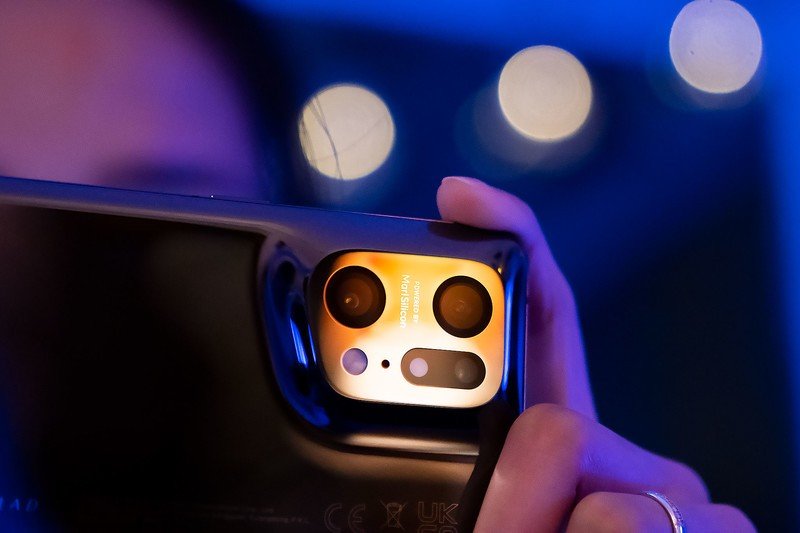
The real strength of this camera, however, is its low-light capabilities, thanks to the photo-crunching power of the new MariSilicon X chip. The new processor allows the camera to pull legible color and fine detail out of extreme low-light scenes — situations where the naked eye would have trouble making out any specific colors. Capture times in night mode were also relatively quick, rarely exceeding one second.
MariSilicon also helps OPPO resolve more detail in its dedicated 50-megapixel high-res mode. This is basically a night mode for daytime shots — and, as the phone will tell you, best used in static scenes with plenty of light.

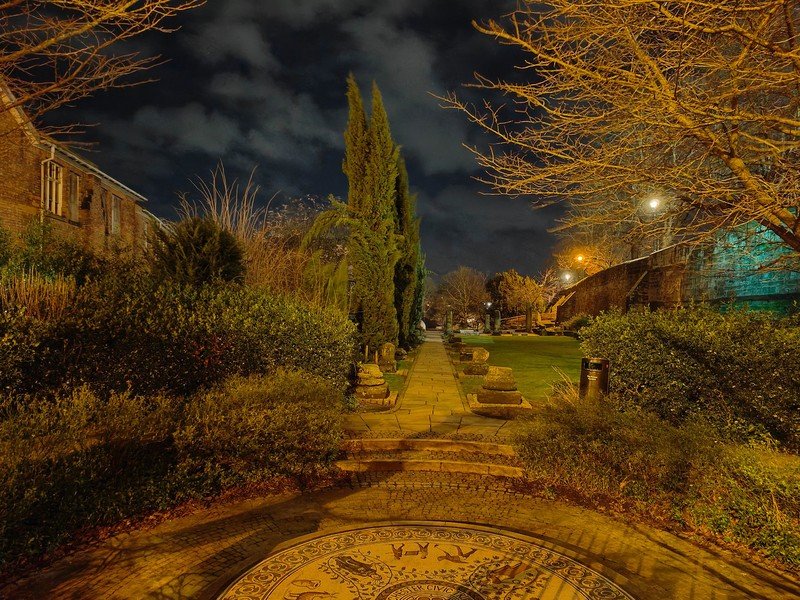
















The new chip also allows some of those low-light gains to carry over to the Find X5 Pro's video capabilities. Low-light footage was noticeably better than the previous generation OPPO phone, and more stable when the camera was moving. There was also less of a drop-off in quality when switching to the ultrawide camera for video.
Both cameras fared better in panning shots, however, with walking footage picking up some very light juddering in darker scenes.
We'll have more to say on photo quality in our full review. In the meantime, you'll see a representative sample of shots embedded above.
Decent longevity, ridiculous charging
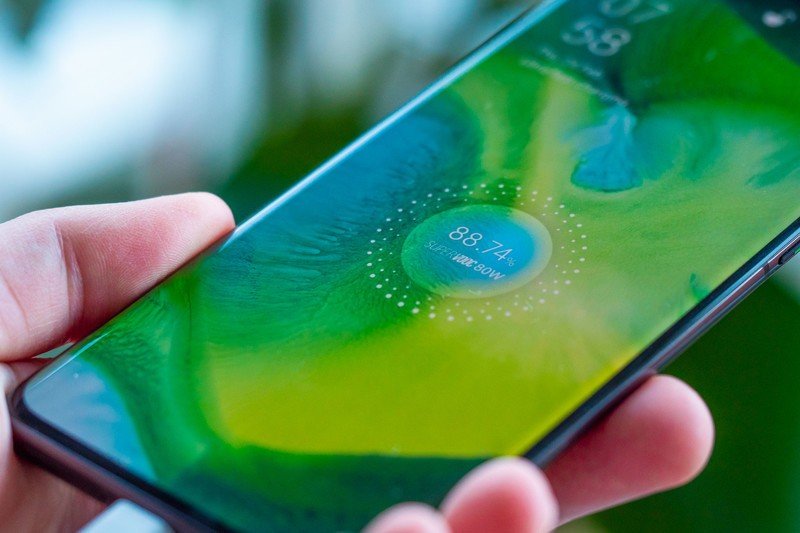
Battery life is difficult to quantify based on just a couple of days of use, but so far OPPO's new phone has been a reasonable improvement upon the disappointing longevity I got from the Find X3 Pro in 2021. Although the camera system is power hungry — noticeably more so than the Google Pixel 6 Pro I've been using for the past few months — overall battery life has been basically good enough.
On my first full day with the phone I managed 16 hours and 43 minutes from a full charge, with dead-on five hours of screen-on time, going from full at 7am to 1% remaining just before midnight. This was a pretty typical heavy day of use, with plenty of still photography, podcast playback over YouTube, and the typical back-and-forth between messaging and media apps throughout the day. (This was also without using any of the phone's battery-saver modes.)
That's only one day, though, so we'll have more to say on longevity in our full review after an extended period with the phone.
The OPPO Find line has rarely blown us away with battery life. Instead, the series has focused on faster refills, highlighting some of the quickest charging speeds in any given generation thanks to OPPO's SuperVOOC standard. This year, OPPO returns with 50W wireless charging — matching the latest efforts from OnePlus and Huawei — along with 80W wired charging.
From battery oblivion to most of a day's power in 15 minutes.
For wireless top-ups you'll need to use one of OPPO's proprietary chargers, or alternatively one of OnePlus's recent offerings — the phone reported 30W speeds from my Warp Charge 30 wireless stand, and 45W from the latest Warp Charge 50 charging station.
The 80W charging brick provided in the box refills the phone at a ludicrously quick rate. I plugged in the Find X5 Pro with 1% charge remaining, came back 10 minutes later and it was already back to 43% — almost half a day 's juice. In total, a refill from almost-dead to full took 40 minutes, with the charging timeline looking like this:
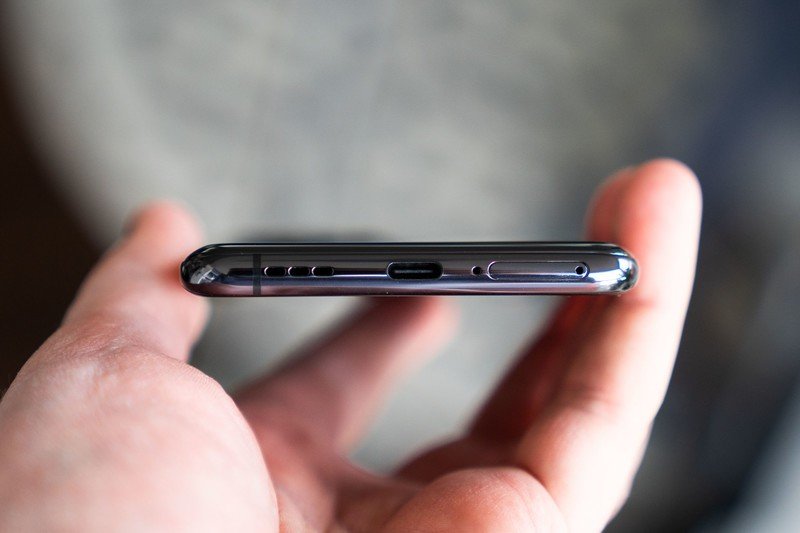
- 0 mins: 1%
- 10 mins: 43%
- 15 mins: 59%
- 20 mins: 72%
- 25 mins: 85%
- 30 mins: 93%
- 35 mins: 97%
- 40 mins: 100%
As you'd expect, the charging rate levels off significantly around the 80% mark. Still, going from the precipice of battery oblivion to a more comfortable level of 70-ish percent in the time it takes to take a quick shower and change your clothes is seriously impressive.
OPPO's quoted recharge rate of 50% in 12 minutes roughly matched what I experienced from the phone, while the 100% refill in 40 minutes is quicker than the OPPO-quoted 47 minutes. That's likely because the phone was already powered on and had 1% remaining, as opposed to charging a completely dead, powered-off phone.
OPPO Find X5 Pro: Stay tuned
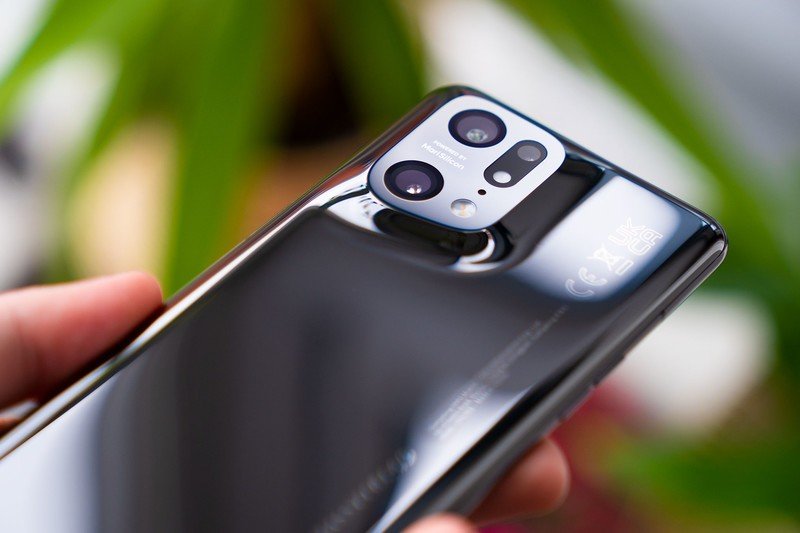
We're going to spend some more time with the OPPO Find X5 Pro before publishing our full review, but based on the limited time we've spent with the phone, there's plenty to like here.
While it's disappointing that OPPO has once again shied away from including a periscope telephoto camera in its flagship, the low-light capabilities of this phone are every bit as good as rival Android flagships, excelling in extreme low light scenes and also impressing in low-light video. And although OPPO's battery life, at first glance, is pretty run-of-the-mill, it more than compensates with ridiculously quick refills.
The OPPO Find X5 Pro is definitely one to watch, and could well rank among the best Android phones of 2022.

Alex was with Android Central for over a decade, producing written and video content for the site, and served as global Executive Editor from 2016 to 2022.
